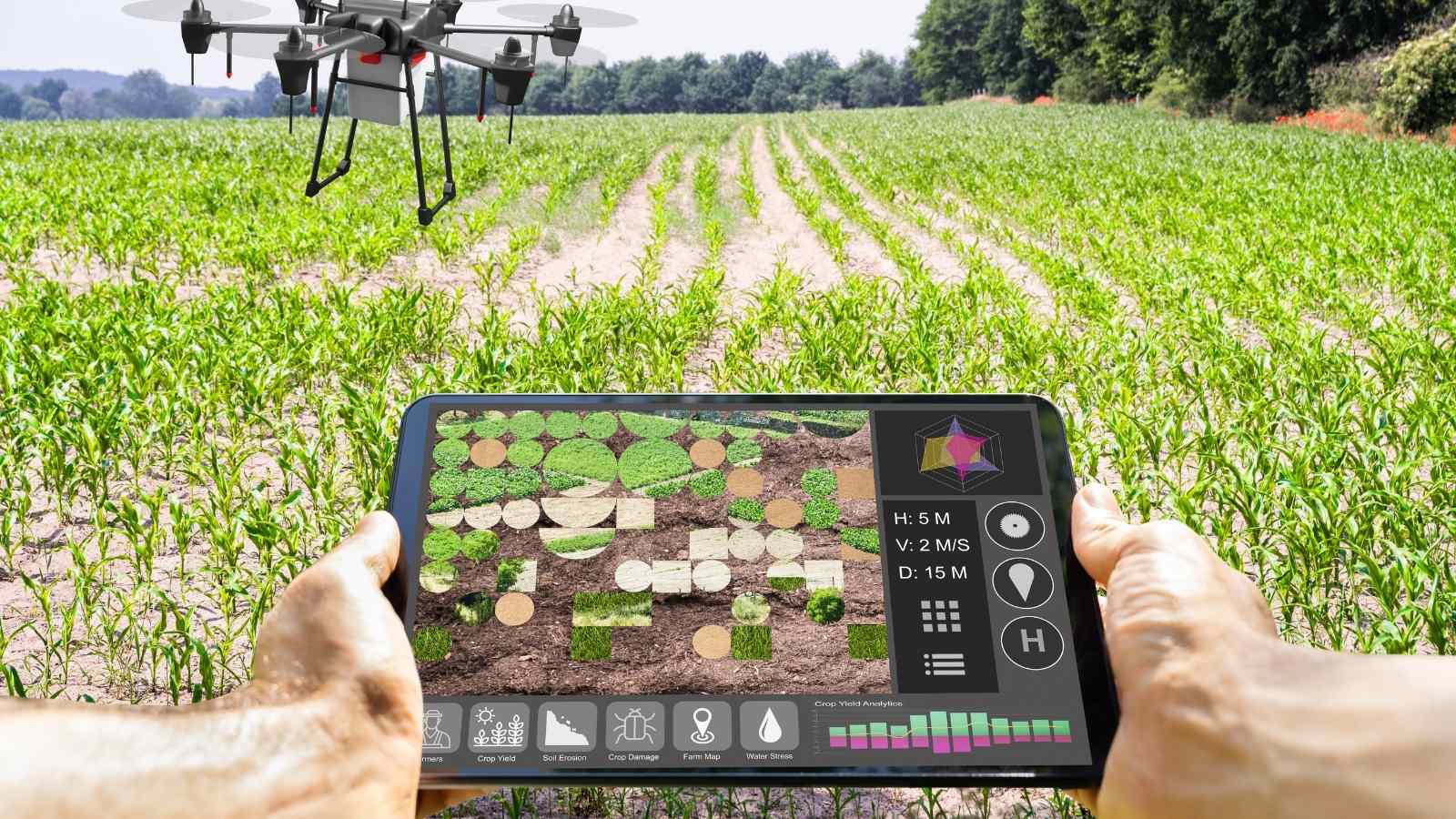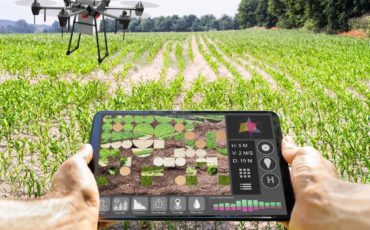The farming though an old process has over the years , has imbibed many new ideas. The new generation farming has included variety of techniques like the sensors, the robotics and, various digital platforms. The facilities provided to the farmers are being increased to meet the ever increasing hunger pangs in the world. With the coming years, it is needless to mention that continuing with the farming policies will be more challenging. The world is already showcasing various harmful natural interventions like the droughts and extreme climatic changes.
It has become important more than ever before, to take up various new or renewed technologies to substantiate the farming process. The advanced technologies are providing for better means to help in the seeding to the harvesting of the crops. Likewise, with the present day techniques, the farmers are making use wireless sensors as well. The various kinds of sensors have helped the farmers to keep a regular check on the weather as compared to the earlier years.

From understanding the physical to the chemical properties of the soil, the sensors accurately report the various nuances of farming. With the overall study made by the sensors, the farmers are not only able to combat a wide range of weather issues but can also fight against the problems associated with farming. Here in, with a detailed list of advantages, we have tried to bring to the forefront the various ways by with sensors are beneficial to the farming.
What are the most important types of sensors by which farming can eased out for the farmers ?
Terrestrial sensor networks are the most common types of sensors used in the farms
As the name suggests , these sensors are used on the ground surface. These are not very costly as compared to the other sensor networks available. These are also very compact in size and can be mechanised with the help of remote controls. The terrestrial sensors are extremely well equipped to keep a detailed account of the available moisture content of the soil.
This type of sensor is very frequently used in the precision farming. With the proper report regarding the moisture and the nutrient availability of the soil, this sensor signals the input of the remaining irrigation or for the addition of the fertilizers. These sensors are attached to the various nearby water pumps that can automatically irrigate the soil when they run dry. The sensors can be used remotely to gauge the size of the fields. By analysing the reports received from the sensors, then the farmers can plant the necessary crops in accordance with the size of the land. These sensors tend to be more used in understanding the physical needs and the demands of the soil.
Underground Sensor networks are yet another type of sensor which has helped in making the farm process even better
These underground sensors are situated in the ground. By being placed within the soil surface, these sensors help in understanding the chemical properties of the soil. Likewise, the conditions of ammonia or of lime or of any micro nutrient and macro nutrient, can be categorically traced out with the help of the underground sensors. Though these sensors are some what costly , yet they are more effective in the longer run. These sensors are very tolerant to most of the technical faults and hence, have a longer life span. All in all, the usage of this sensor is highly popular because of its easy use.
Conclusion
Though the sensors are being introduced in all dimensions of the agricultural sector, yet it is important to note that the sensors are extremely costly. Keeping in mind, the financial stability of the farmers in India, the introduction of the sensors might be easy but its regular usage will be difficult. The costs involved in purchasing and in setting up the sensors, this new technique though popular and effective yet it has not become very popular. The advantages of the sensors and the wireless sensors are huge but all the advantages get weighed down owing to the unbearable costs. Hence, it is extremely important that the policy makers do keep in mind that financial background of the farmers before bringing in any major technology. Hopefully, in the years to come, the farmers will get more access to sensors which will undoubtedly help them to reduce their work.

